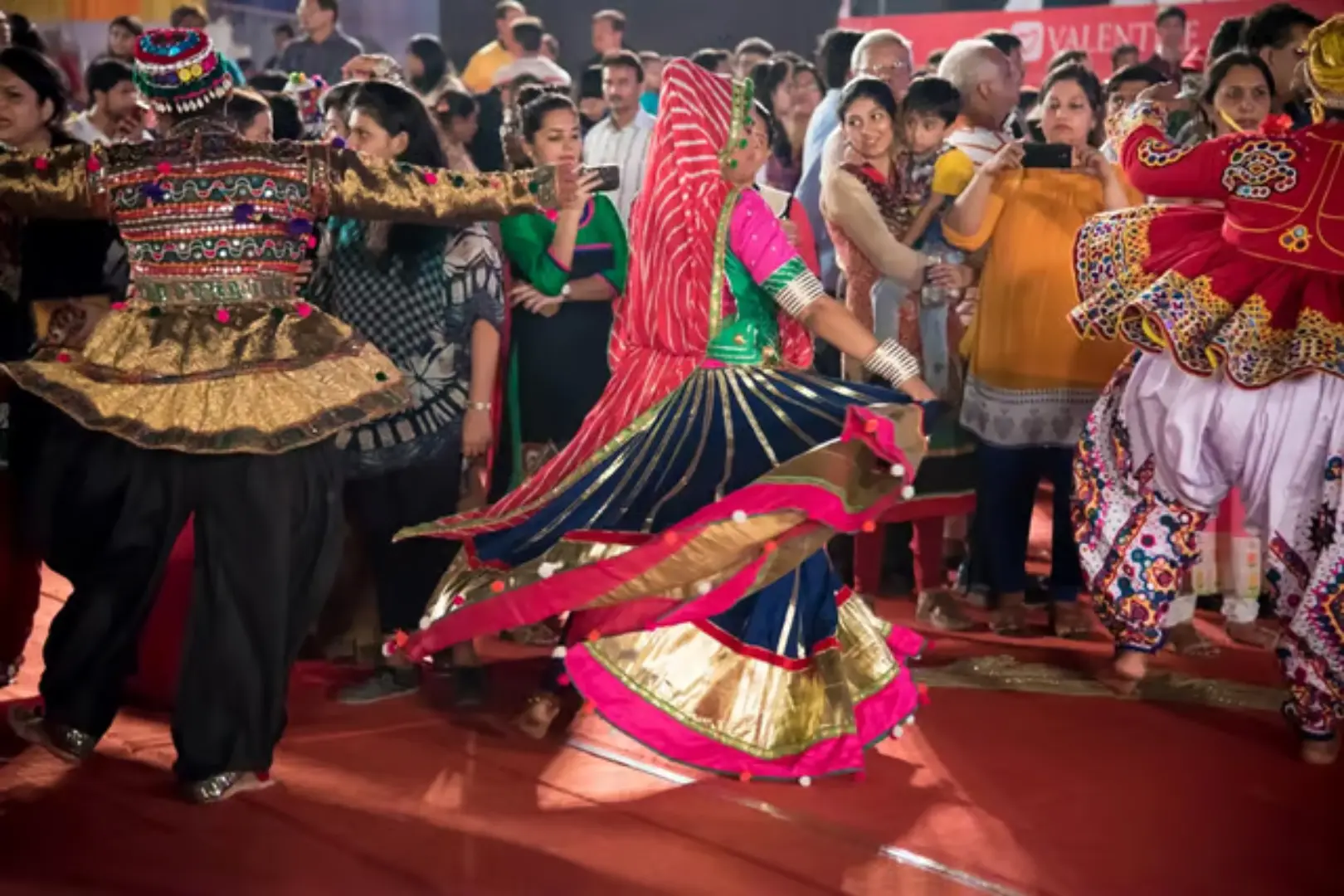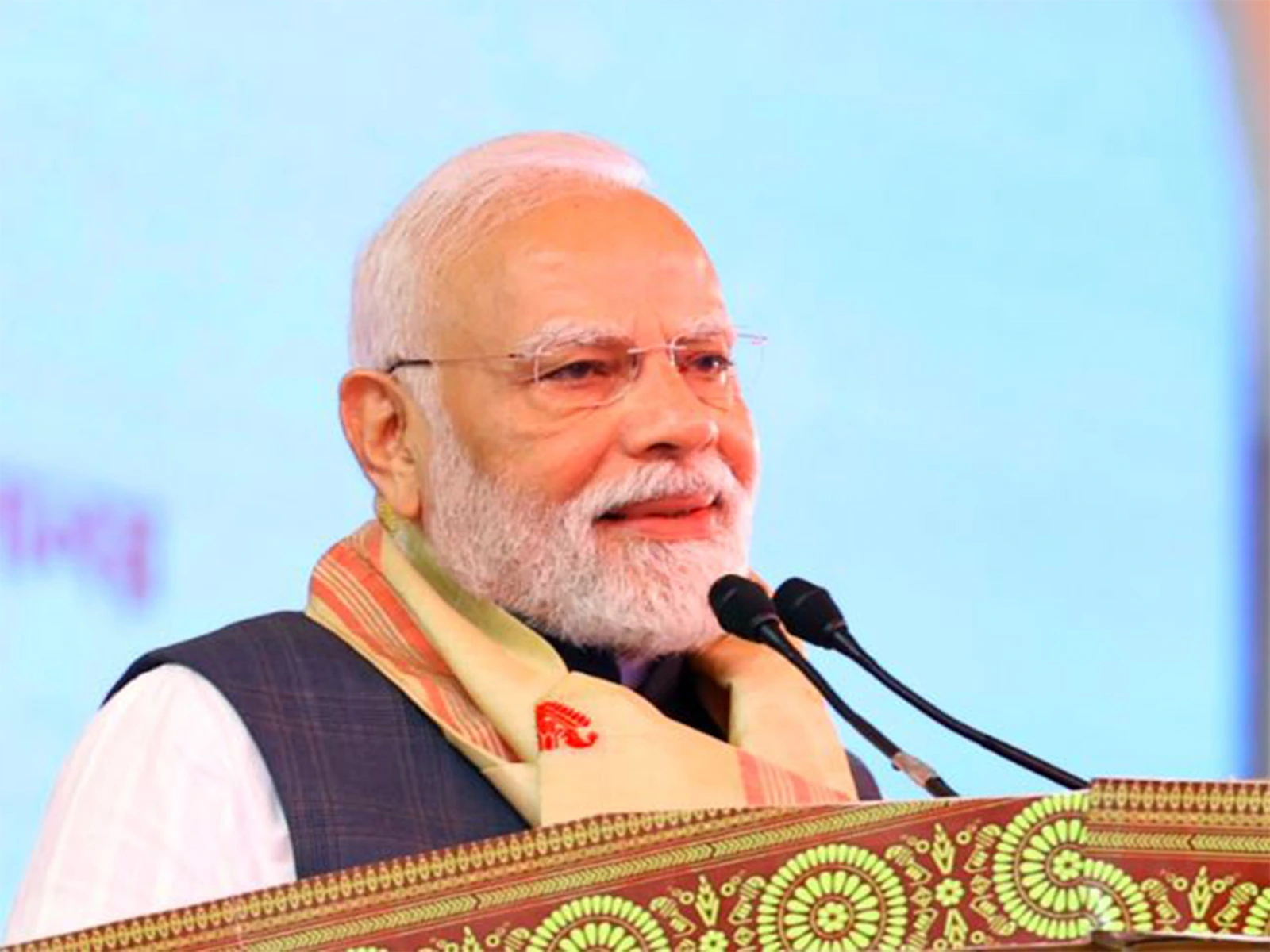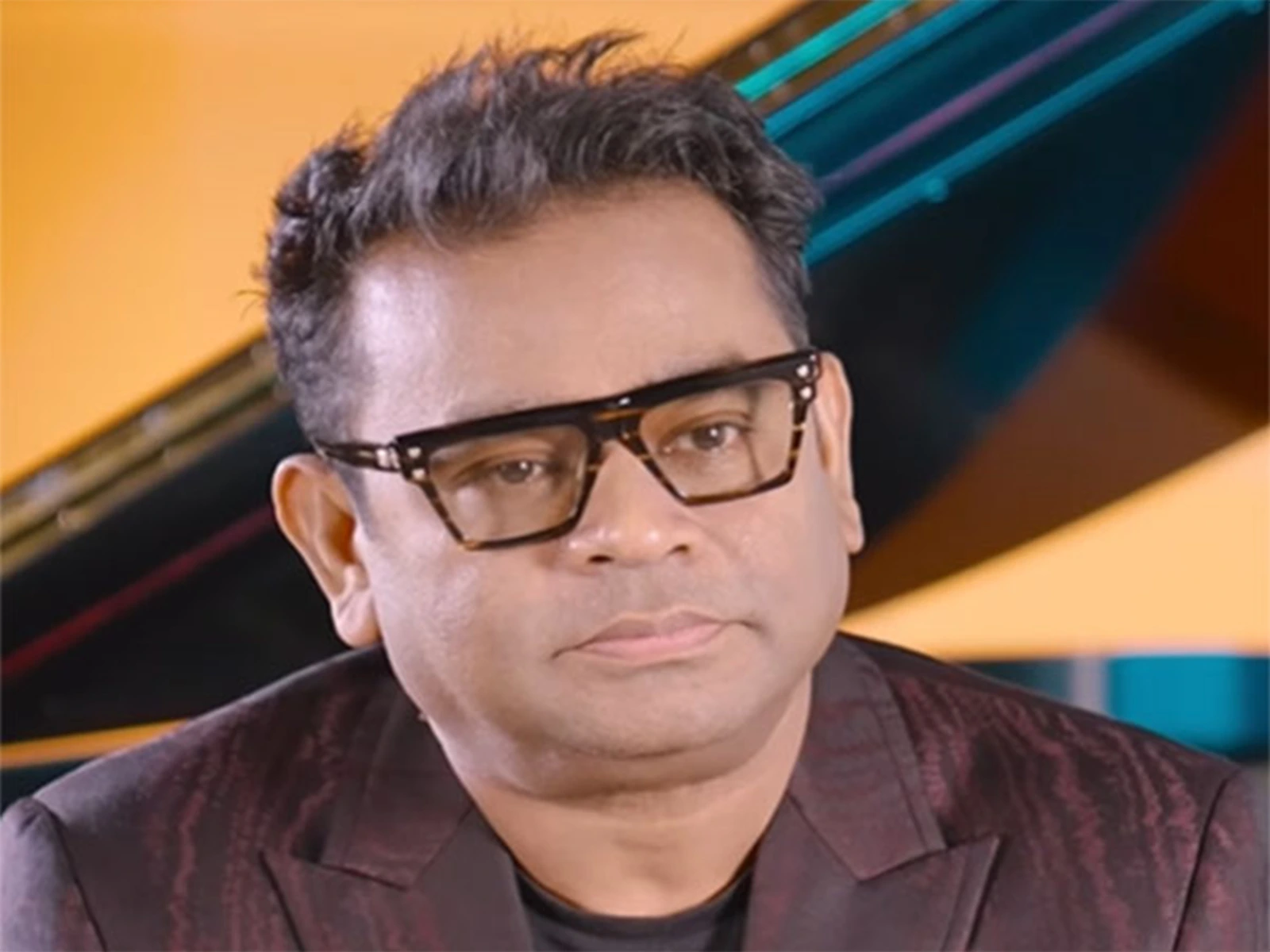07-Oct-2024, 11:26 AM
Foreign guests participating in the Garba dance during Navratri reflects a vibrant cultural exchange that transcends geographical boundaries. This traditional Gujarati folk dance, integral to the nine-night festival of Navratri, is not only a celebration of feminine divinity but also a communal experience that invites everyone to join in the festivities.
The Essence of Garba
Garba, originating from Gujarat, is performed in concentric circles around a central lamp or image of Goddess Durga, symbolizing life and the cyclical nature of existence. The term “Garba” is derived from the Sanskrit word for womb, emphasizing themes of creation and reverence for femininity. The dance incorporates rhythmic clapping and footwork, evolving from slow to fast-paced movements, creating an electrifying atmosphere that captivates participants and spectators alike.
An Inclusive Celebration
As Navratri unfolds, communities across Gujarat and beyond come alive with Garba nights. Foreign guests are increasingly drawn to this cultural spectacle, often participating with enthusiasm. Many find joy in learning the dance steps, which vary regionally but share a common spirit of celebration. The inclusive nature of Garba allows individuals from diverse backgrounds to engage with the traditions, fostering a sense of unity and shared joy.
The Cultural Significance
Garba not only serves as entertainment but also acts as a spiritual practice. Participants often engage in rituals honoring different forms of Goddess Durga each night, enhancing their connection to the divine. For many foreigners, this experience offers insight into Hindu culture and spirituality, enriching their understanding of Indian traditions. The vibrant attire—brightly colored chanya choli for women and kediyu for men—adds to the visual splendor of the event, making it an unforgettable experience.
Global Impact
The growing interest in Garba among international audiences highlights its potential as a global cultural phenomenon. Events like those in Ahmedabad and Vadodara attract thousands, including tourists who wish to immerse themselves in this unique celebration.
Such participation not only showcases the dance but also promotes cultural diplomacy, bridging gaps between communities through shared experiences. In conclusion, foreign guests embracing Garba during Navratri exemplifies the festival’s universal appeal. It transforms local traditions into a global celebration of life, femininity, and community spirit, inviting everyone to partake in its joyous rhythms.




